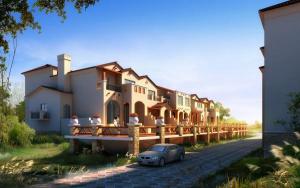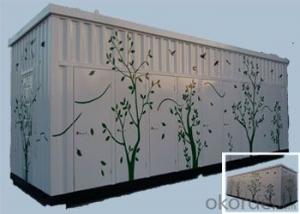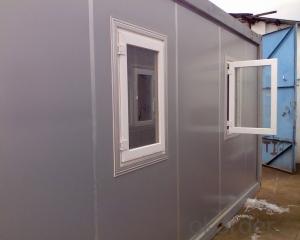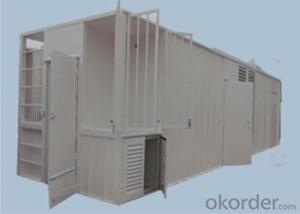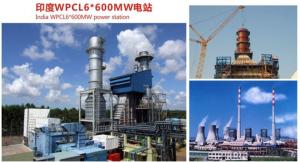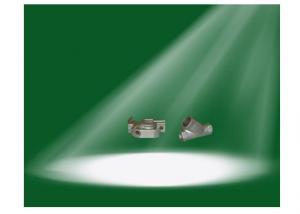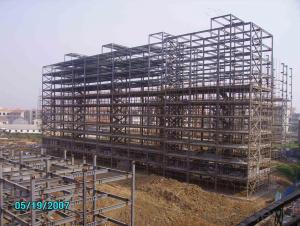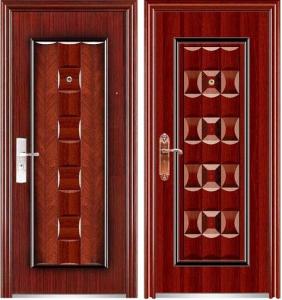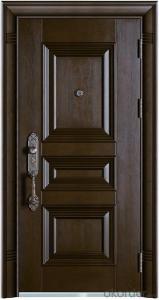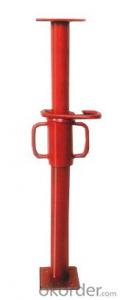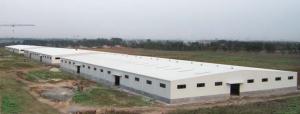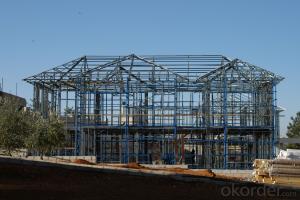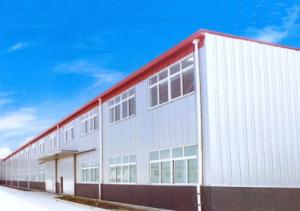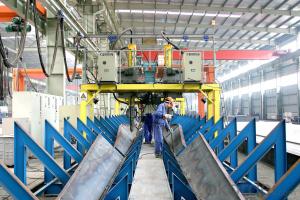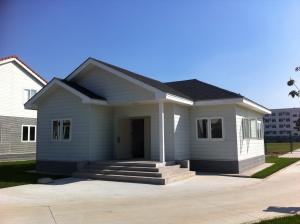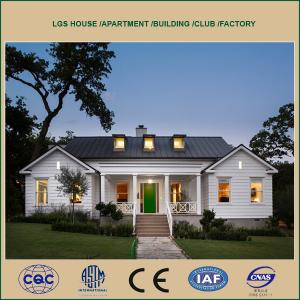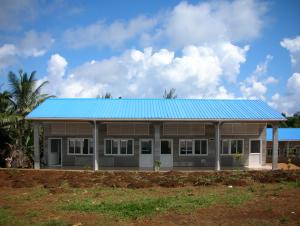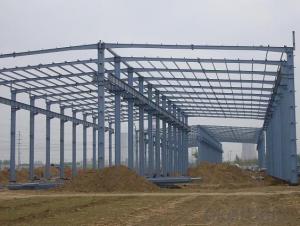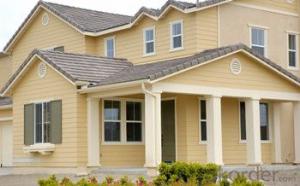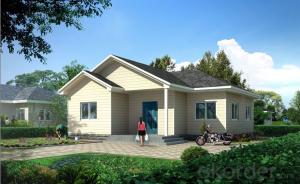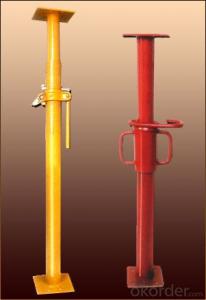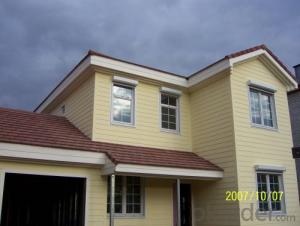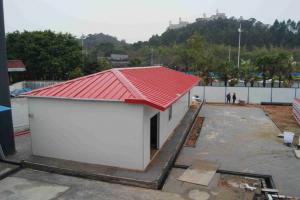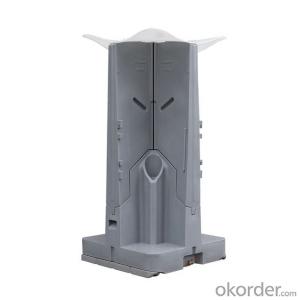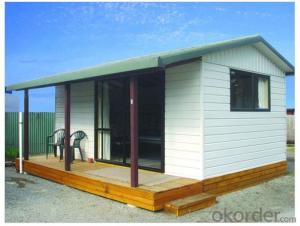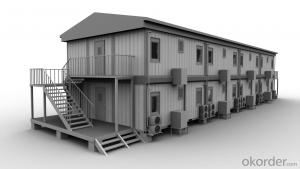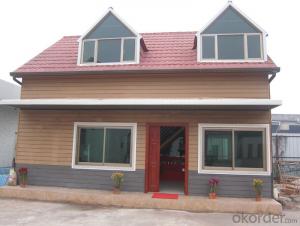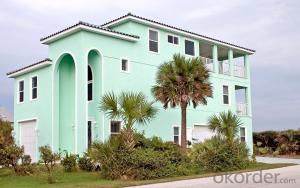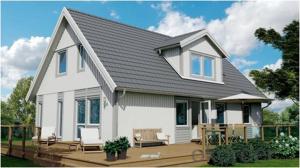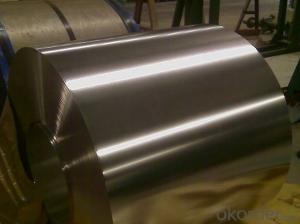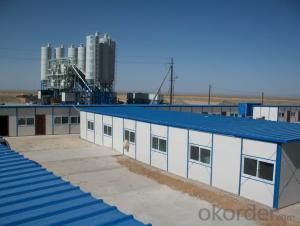Steel Building Homes
Steel Building Homes Related Searches
Steel Homes Steel Metal Homes Steel Modular Homes Steel Arch Buildings Post Steel Buildings Metal Buildings Into Homes Container Construction Homes Engineered Steel Buildings Stainless Steel House Numbers Steel Cooking Pans Wonder Steel Buildings All Steel Building Systems Steel Villa Steel Window Awnings Soundproofing Homes Steel Vessels For Kitchen Stainless Steel Home Kitchen Stainless Steel Doors Prefab Houses Used Shipping Container Homes For Sale Stainless Steel Enclosures Stainless Steel Fabrications Stainless Steel Sets Stainless Steel Shelves Stainless Steel Kitchens Stainless Steel Baskets Stainless Steel Tool Boxes Light Steel Villa Steel Partition Wall Metals Stainless SteelSteel Building Homes Supplier & Manufacturer from China
Steel Building Homes are a type of pre-engineered, pre-fabricated structures made from steel, designed to provide durability, strength, and flexibility in construction. These buildings are known for their versatility and can be used for a wide range of applications, including residential, commercial, and industrial purposes. They offer numerous benefits such as energy efficiency, quick construction time, and low maintenance, making them an attractive option for many builders and homeowners.Steel Building Homes are commonly used in scenarios where speed, strength, and adaptability are required. They are ideal for constructing warehouses, garages, workshops, and even residential homes. The steel structure can be easily customized to fit specific needs, whether it's for a large-scale commercial project or a smaller, personalized living space. The use of steel in construction also contributes to a more sustainable and eco-friendly approach, as steel is a recyclable material that can be repurposed at the end of its life cycle.
Okorder.com is a leading wholesale supplier of Steel Building Homes, boasting a vast inventory of these high-quality structures. As a reliable source for steel buildings, Okorder.com ensures that customers have access to a wide range of options to suit their specific needs and preferences. With a commitment to providing top-notch customer service and competitive pricing, Okorder.com has established itself as a go-to destination for those seeking Steel Building Homes for their construction projects.
Hot Products
